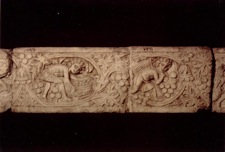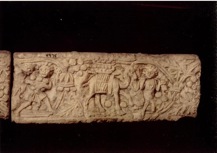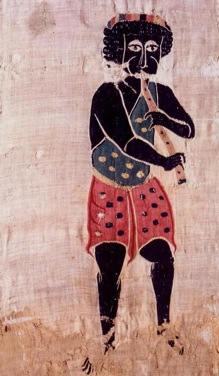COPTIC ART
Coptic art is the art of the indigenous people of Egypt after the great Pharaonic civilisation.It stretches from the Greco-Roman period to the present day and covers all art forms, whether cultural, artistic or relating to every-day life.
Despite Byzantine and Islamic influences, Coptic art attained a standard and an originality which command attention and admiration. Coptic art is evidence of a new spirit which arose from ancient humanity. It is the link between Pharaonic, Greco-Roman and Islamic art.
Coptic art is pure, simple and beautiful, representing both religious and daily life.


It encompasses sculpture in stone and wood, ceramics and work in silver and gold, and everyday objects which by the perfection of their shape or decorative detail become in themselves works of art, such as tapestries woven from linen and wool which thanks to the skill of 2nd/3rd century craftsmen can be admired from both sides.

One feature of Coptic art is the simplicity with which the figures in painted icons and frescoes are portrayed. Eyes wide open, round cheekbones and a nose which always takes the same shape, with straight and circular lines.
It is a form of art that inspires and evokes a sense of inner peace.
For the Coptic artist, “simplicity is a form of beauty”.
Isis Zaki
Translated by Rachel James
Photo courtesy of Isis Zaki